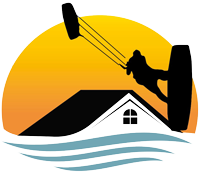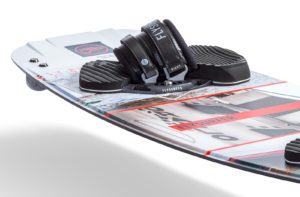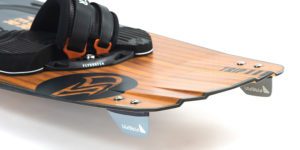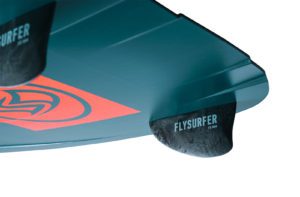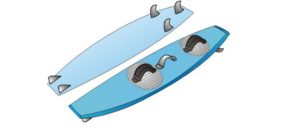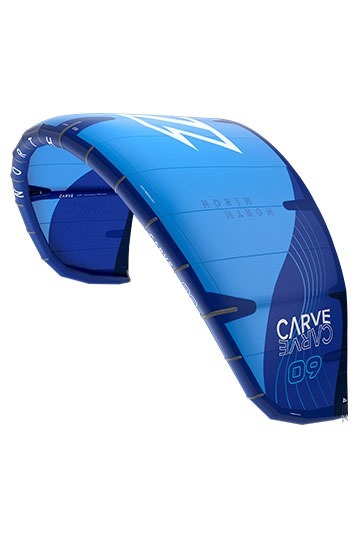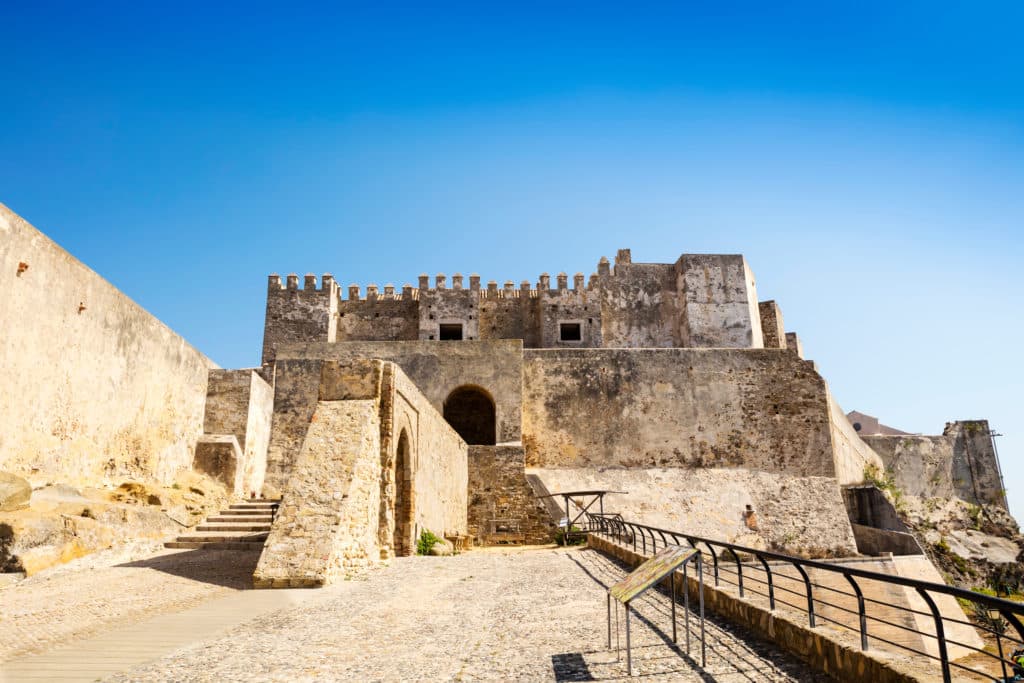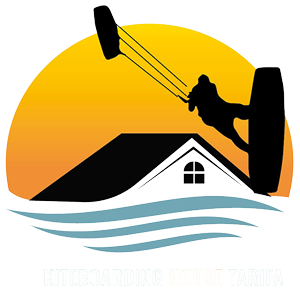The Kite Board - An Overview of the Three Most Common Boards on the Water
The kite board serves as more than just a board; it helps define the way you ride.
Overall there are three main styles of boards used on the water.
1. The Twin Tip with :
– Normal bindings
– Wake style bindings.
2. The Directional Board
3. The Mutant Board
The Twin Tip
The twin tip style of kite board is the most common and user friendly style of kiteboard and is by far the best for beginners to learn on.
Riding on a twin tip is identical to riding a wake-board or snowboard, and they cover all types of conditions.
Which Style of Binding is Better?
Whether you are a beginner or just want a good all-round board, the slip-in binding is better.
I say this because wake-style bindings are hard to put on, and take off.
It is difficult to put them on while in the water- you only have one hand since the other is flying the kite.
Additionally, if you wipe out while riding, having a board securely strapped to your feet is not good– the kite keeps pulling, and the board will weigh you down.
Slip-in bindings are great because they bypass all of this hassle- more riding and less fighting with equipment.
On the other hand, wake bindings are good if you want to ride wake style, with lots of grinds and board slides- your feet won’t accidentally fall out.
Wake style bindings also make it easier to handle more power from the kite.
So, if riding wake style pro is your goal, consider the wake bindings.
The boards come in one of two setups :
• Slip-In foot straps.
• Wake-style boots.
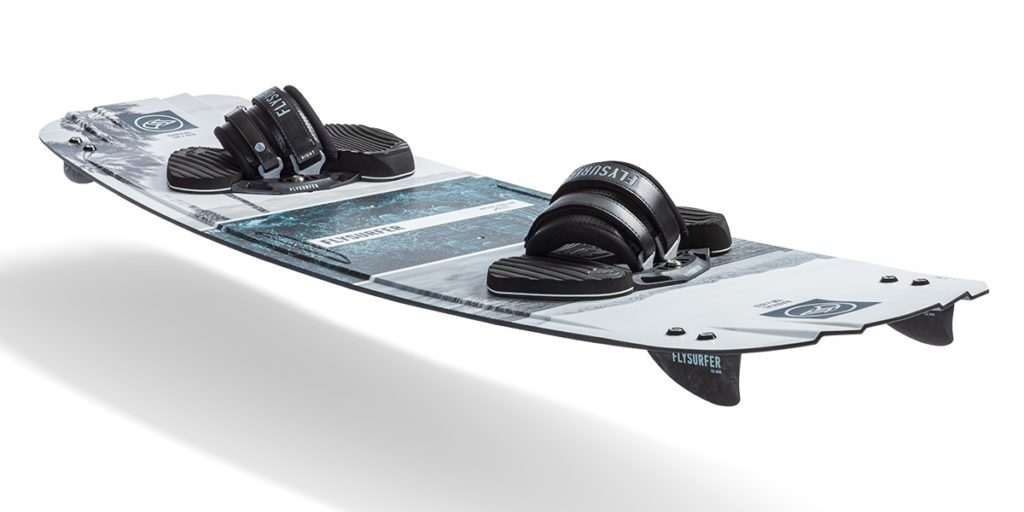

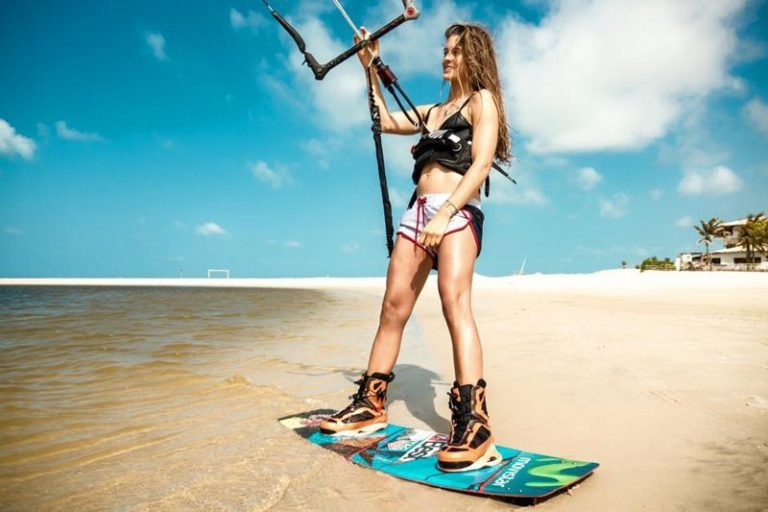

Who is the Twin Tip Best Suited For?
You should use a twin tip kite board if you are new to kite boarding or if you want a general purpose board.
They are easy to switch direction with (no jibing required), can be used in all conditions (including waves), and are very easy to transport.
The size of the board used will depend on the amount of wind it will be used in and the weight of the rider that will use it.
Ideally you should determine the maximum and minimum board size for your weight, and choose a board somewhere in the middle.
This will give you a board that can be used in almost all conditions.
Riding Upwind
Riding upwind on a twin tip requires hard edging (yes, this is where edging comes in).
To ride upwind, you must lean on the heel-side edge of the board, burying it in the water.
This edge acts just like the keel of a sailboat, which provides a surface to push the board upwind.
The Directional Board
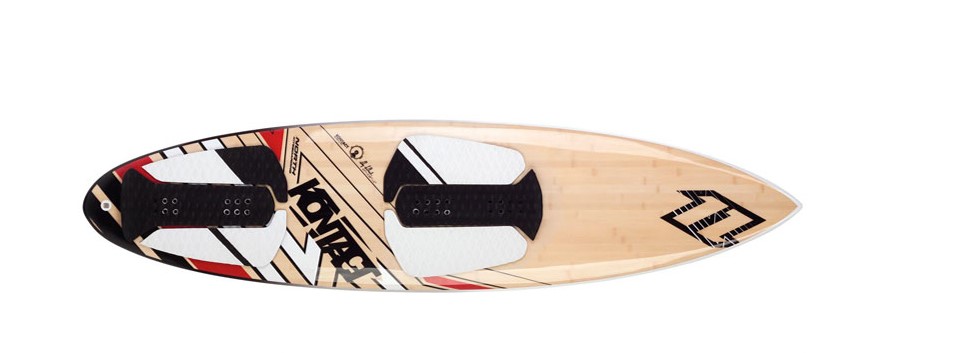

The directional kite board looks just like a surfboard.
These boards are more specialized than twin tips, and are ideal for catching and riding waves (but can be used on flat water too).
The downside of this style of board is that you need to change stance (move your feet around the board) whenever you change direction- this is not hard to do, but can be frustrating for a beginner.
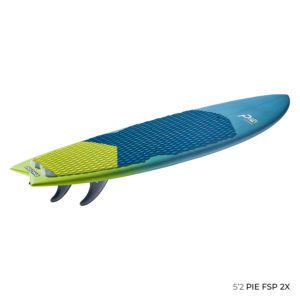

Who are They Best For?
Although you can use them anytime, surf-style boards perform best in waves.
You should considerusing on if you want to ride specifically in waves, and plan on doing a lot of it.
Consider a different type of board if you want to do a lot of big air jumping, flat-water, and freestyle riding, or if you don’t want to have to learn to jibe.
A twin tip board will suit you better.
The Mutant Board
The Mutant Board the easy waterstart
This style of kite board is a ‘mutation’ between the twin tip and the directional.
Its main fins are set up like a directional, but it has additional fins on the nose that allow the board to be ridden backwards.
This means that you don’t need to jibe if you don’t want to, yet the board still feels like a directional – which is the main difference between the mutant and a twin-tip.
Who Are They Best For?
Mutants can be used if you want to spend most of your time riding on waves but still want to do the occasional cruising.
They are designed like a directional, so they retain the ‘directional ‘ feel while riding.
Consider getting a mutant if you like the feel of directional boards, but want to be able to ride both directions like a twin tip.
Although these boards are most common, they are just a fraction of the boards you can use with a kite.
Race boards, foil boards, skim kiteboards, wake-skates, landboards, snowboards, and buggies are other possibilities.
Whatever you choose to ride with, be safe!
